Car Engine Cooling System and How It Works
Just like the rest of your vehicle, your vehicle’s engine cooling system also needs some TLC.
Some of these parts we’re sure, you are already familiar with. But there are also those parts that are taken for granted. You may already know about the oil and fluid that help your engine. But there’s also the engine cooling system that performs a very important job.
Just like the rest of your vehicle, your vehicle’s engine cooling system also needs some TLC. But to better appreciate your engine cooling system, you first have to realize how it works. Take a look at everything you need to know about what an engine cooling system does in this article from Philcarnews.com.
What is the Engine Cooling System?
You already know that the car engine is responsible for generating power for your vehicle to use. But it also generates a lot of friction and heat.
To keep the engine at work and at an optimal operational state, it needs to maintain the optimal operating temperature. But can that happen if the engine creates heat while at work? This is where the engine cooling system comes in to help.
>>> Related: How a DIY Car Maintenance Can Save You on Costly Vehicle Expenses
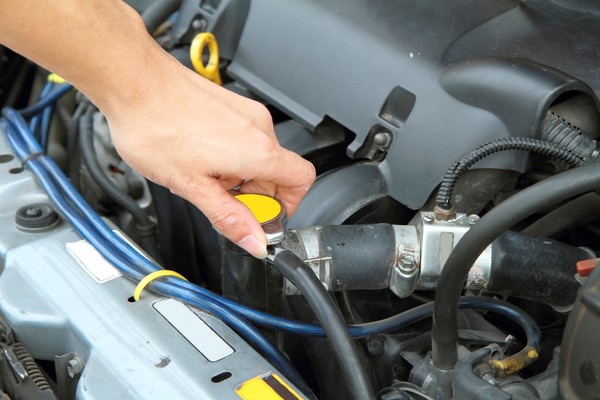
The engine cooling system maintains the optimal operating temperature
How Important is Your Vehicle’s Cooling System?
From what we’ve just discussed, we’re sure you already know that the cooling system is important. But how important is it exactly? First off, it is responsible for keeping your engine’s temperature in control. If that isn’t taken care of, your vehicle wouldn’t be able to go very far, much less become useful in any way.
If there is no system to keep your engine cooled, the itty bitty pieces of your engine could sustain damage. This won’t only compromise your vehicle and cost you thousands in repair. It can also sacrifice your safety.
To have a better understanding of the importance of the engine’s cooling system, let’s have an example. Imagine you have a car with a good 4-cylinder engine. As an average, that type of engine will create about 4,000 controlled explosions in only a minute. As a natural reaction, these explosions will give off heat. To control those high temperatures, your engine cooling system comes in to play a very significant role.
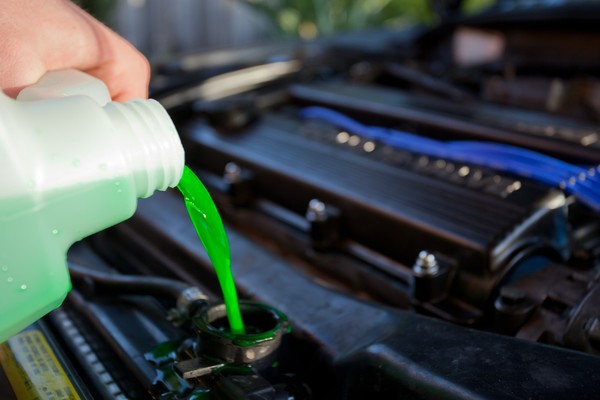
The car's engine cooling system is responsible for keeping your engine’s temperature in control.
Different Kinds of Engine Cooling System
Before taking a dive into the different individual parts of an engine cooling system, we’ll first have a look at its types. There are two types of engine cooling system. Take a look at how they are different from each other.
Liquid Cooling System
The first type of cooling system is the more common type used in today’s vehicles. Liquid cooling systems are widely used simply because it is the easier option between the two. That is, according to automotive experts.
In a liquid cooling system, there is a liquid formula that goes through the engine’s pipes. This fluid absorbs all the heat of those engine parts and gives off a cooling effect. By the time the fluid becomes overheated, it will be transported to your vehicle’s radiator. This is where the cloud of heat is released into the air.
Air Cooling System
Now that we’ve understood liquid cooling systems, there is also the air cooling system In this scenario, you can find aluminum fins around the engine. If there’s too much heat detected in the engine, the fan will blow some air into those fins. This will direct the hot air away from the cylinder. The end result? Your engine will be cooled down.
>>> Related: How to use your car air conditioning properly to save fuel?
How Does My Engine Cooling System Work?
For the quickest way to understand the engine cooling system’s processes, we listed down its parts. We also laid down each of the part’s individual functions so it is easier to understand.
The Water Pump
This is what’s known as the heart of the entire cooling system. As long as you keep the engine running, the water pump keeps the coolant in circulation. There is more than one way that the water pump is driven by the engine parts. It can be thanks to the serpentine belt, the timing belt or a fan belt.
The water pump consists of housing. This is usually made of cast iron or cast aluminum. It also has an impeller and a pulley. Other than that, the water pump is also sealed tightly. This prevents the fluid from leaking. The impeller is able to circulate the coolant with the use of centrifugal force.
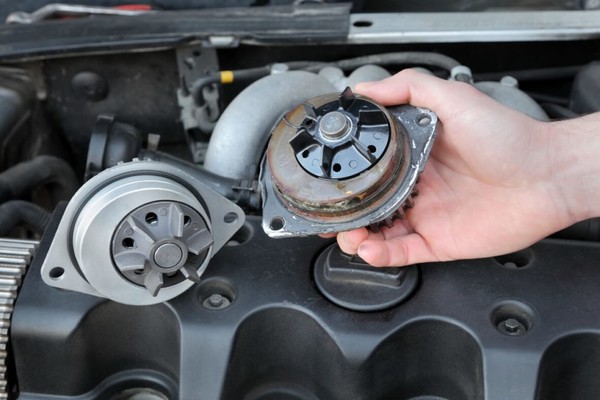
The water pump keeps the coolant in circulation
The Radiator
The radiator in your vehicle acts as the heat exchanger. Its job is to transfer the remaining heat that’s created by your engine. It also has different components. This includes the outlet port, the inlet port, the radiator pressure cap, and the drain plug.
The radiator can possess different designs. It can also be made of different materials. The tubes can run vertically or horizontally. When it comes to older vehicle models, radiators are usually made with a brass tank or a copper core. In newer vehicles, however, systems can be made from combined plastic and aluminum.
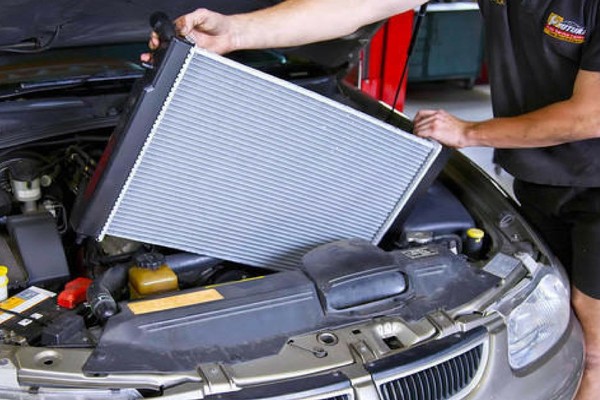
The radiator in your vehicle acts as the heat exchanger
Thermostat
The thermostat is a valve that regulates how much coolant flows. It also maintains the correct operating temperature. The thermostat also has its own parts.
This includes the main valve, the charge cylinder, the mainspring, the secondary spring, the bypass valve, and the frame. The thermostat only opens when the running temperature is obtained.
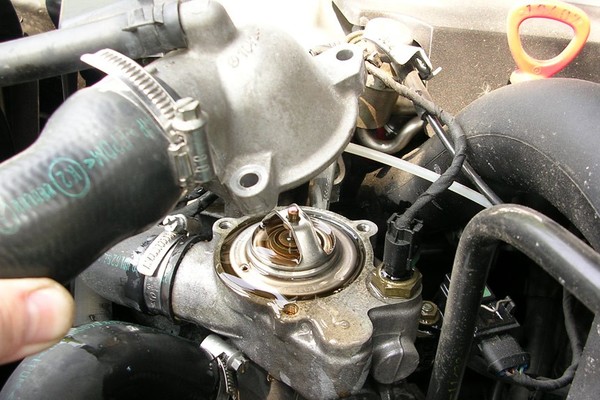
The thermostat is a valve that regulates how much coolant flows
Coolant Temperature Sensor
This part is responsible for detecting the engine’s temperature. The data from the sensor is used by the computer.
This is then used to determine fuel injection and ignition time. This is also used to control the radiator fan. Depending on the vehicle, there can be one or more of these sensors.
Coolant
In a technical manner, the coolant isn’t a part of any vehicle’s cooling system. To be exact, this is what makes cooling actually possible.
It can be in the form of gas or liquid. This is what goes through the engine’s various components. As well as the parts that are mentioned above.
For more useful maintenance tips, visit our tips and advice section.
RECENT ARTICLES









